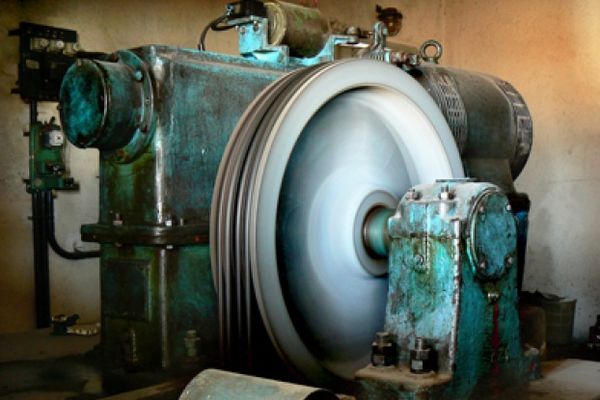Although no one keeps statistics on how many people fear elevators, doctors say for those that do, their fight-or-flight response is all messed up. The fight-or-flight response, of course, is the body's way of dealing with fear. It's triggered by biochemical reactions, including the release of hormones that cause our body to change. When that happens, we might lose our voices, our limbs might shake and our heart rate might increase.
Elevator phobia is a form of claustrophobia, the fear of being trapped. About 5 percent of the population globally suffers from this condition, which is an anxiety disorder [source: Villines]. Those who have elevator phobia not only fear that the elevator will malfunction, but they also fear having a panic attack. Their fight-or-flight response goes helter-skelter. They sweat. Their heart rate increases. Their blood pressure sharply increases. Some hyperventilate. Others suffer dry mouth. People faint or feel as if they need to vomit. The list of symptoms is almost endless [source: Medical News Today].
Some scientists say that claustrophobia is genetic. They propose that our brains have evolved to perceive being in a confined space as dangerous. As a result, the brain has developed a special fear of closed-in places to keep us safe. Others say claustrophobia is a learned behavior, stemming from a previous experience such as being trapped in an elevator or locked in a small room or closet [source: Villines]. Agoraphobics, who often experience panic attacks, also do not like elevators. Agoraphobics fear any place where escape is difficult.
In Nicholas White's case, he didn't suffer from any phobia, although when he was a boy, he and some other children were trapped in an elevator for 20 minutes. He asked the firefighters who rescued him what would happen if the cables snapped [sources: Paumgarten, McHugh and Brady, Frank]. Nevertheless, some people are so afraid of elevators that they not only avoid the machines, but even refuse job offers if they entail riding on one to an office.
Elevator phobias are hard to treat, according to The Anxiety and Phobia Treatment Center at White Plains Hospital, in White Plains, New York. To that end, some psychologists recommend cognitive-behavioral therapy. CBT offers a way to desensitize patients by exposing them to their fear until that fear dissipates. One way to do this is to lock the patient in a black box the size of a phone booth for varying lengths of time until he or she overcomes that fear [sources: Paumgarten, Neuman].
For those who don't want to go the CBT route, the experts say there are things you can do to occupy your mind if panic sets in on an elevator. You can snap a rubber band on your wrist; try to distinguish which key on your keychain is which by feeling them in your pocket; or count the tiles on the floor or elevator wall. Before you know it, you're where you want to be. Up or down -- the choice is yours [source: Druckerman].


